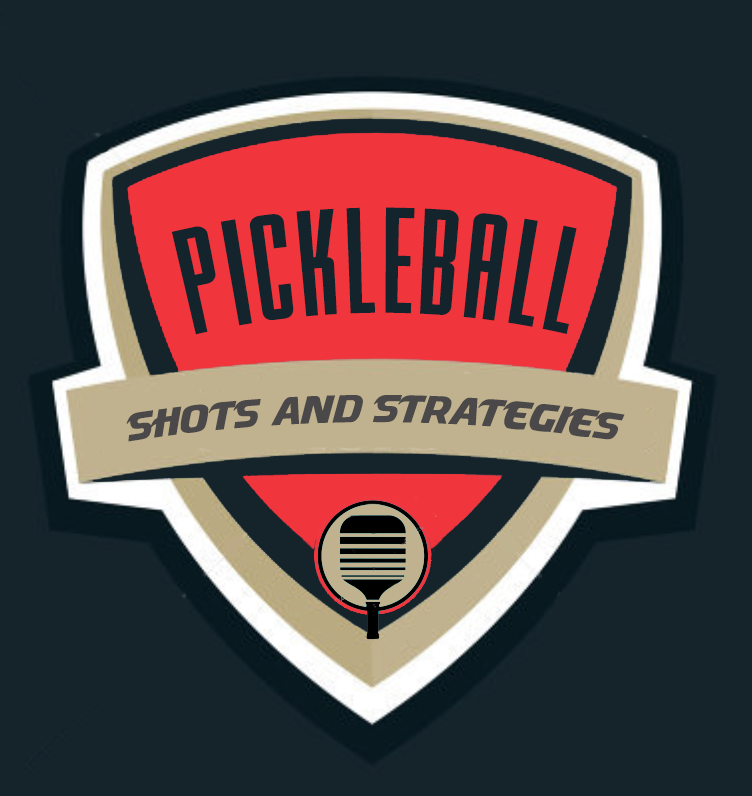KEEP THE BALL IN PLAY
The Number 1 goal or strategy is to eliminate unforced errors and keep the ball in play. Most points are won or lost by a player simply hitting the ball into the net or out of bounds.
As you begin your journey in this very popular game, I teach that you want to understand that every ball that you hit should have a target area.
The 1st required shot that exemplifies a target area is your serve. Your ball must land in the appropriate service box of your opponent. In order for this to happen, the ball that you hit would have to pass through an imaginary window which would be basically half the size of the court or 10 feet wide. The service box is 15 x 10 or 150 sq. ft. The window would also have to be a certain height to allow the ball to clear the kitchen and not fly over the baseline.
The 2nd shot is the return of serve and this ball can land anywhere in the opponent’s court. Therefore, this target area and corresponding window is the largest for any shot. The area of the 2 service boxes is 20 x 15 or 300 sq. ft. Because the return of serve must be played after the ball bounces, you should not miss this shot and give your opponent a point. It is better to develop a deep return of serve because that helps to keep your opponents back, makes for a more difficult third shot, and gives you more time to advance up to your NVZ line.
The third shot of a point has the same large window as the return of serve. There are also smaller windows in order to hit more accurate and difficult shots for your opponents to play. For example, the window for the target area of your opponent’s kitchen is much smaller than the window and target area of the two service boxes. (60 feet vs. 300 feet)
Your ability to cover your side of the court is a major factor on how good of a player you will be. I ask my students 2 questions to establish an understanding of strategies.
How often do you get aced by your opponent’s serve?
How often does your opponent hit a return of serve to your side of the court that you don’t get your paddle on the ball?
The answers are “rarely”.
The point therefore is you do not have to play up at your NVZ line.
There are two times when you would be better to play back at your baseline.
Do NOT move forward when you hit a ball too high when your opponents are at their NVZ line. Your opponents will hit the ball as hard as they can and playing behind your baseline instead of advancing is much easier to return their shot. View their volley as a serve and stay back so you can keep the ball in play. Develop the skill of hitting the ball softer so your shot will land lower to your opponents as you work to develop drop shots into their kitchen which allows you a more effective shot to advance forward on.
Both you and your partner should stay back when you are returning the serve against a team that hits every ball hard and their drives over power your volleys. Bangers bang and they are often intimidating and uncomfortable to play against. So stay back and play every shot just like you do when your opponents are serving or hitting a return of serve to you. Bangers will hit every ball hard, so why go forward if your volley is not good enough to handle their pace? Just about all players have been “instructed” by the masses that you must go forward. I hear all the time, “I was told by everyone that I have to go up to my NVZ line”. I just say, “Now you can't say that anymore because I’m telling you that you can stay back and just play every ball after it bounces and do your best to keep the ball in play”. Intermediate players will have a difficult time winning the point if you and your partner stay back and hit drives and lobs.
Since pickleball is such a great lifetime sport, develop all of the different shots which will give you the ability to play at many different skill levels and ages. Play a consistent style of pickleball which incorporates strategies of where to position yourself and what shot to hit, which is called your shot selection.
One example is when you are serving. The vast majority of teams will hit the return of serve and end up with both players at their NVZ line. A large percentage of players will hit the third shot and move forward. The opposite of this would be to hit a lob and stay back. You have now extended the point and hit a shot that many players will not be able to put away. I’m not saying to always hit a lob, but I am saying to develop that shot to become a versatile player. I was watching a match of 70+, 3.5 women at the Nationals. One of the players on the receiving team would hit the return and move forward to be up at their NVZ line with her partner. The serving team was experienced players who hit deep lobs. The two players at their NVZ line would look at each other and say “yours”. This one shot was so much more effective than hitting a normal drive and moving forward. We all will age and being able to hit the different shots will allow you to keep the ball in play.
Learn to play from the baseline.
Do not follow high balls to the net.
Develop ball control for placement.
Hit percentage shots to keep the ball in play.
